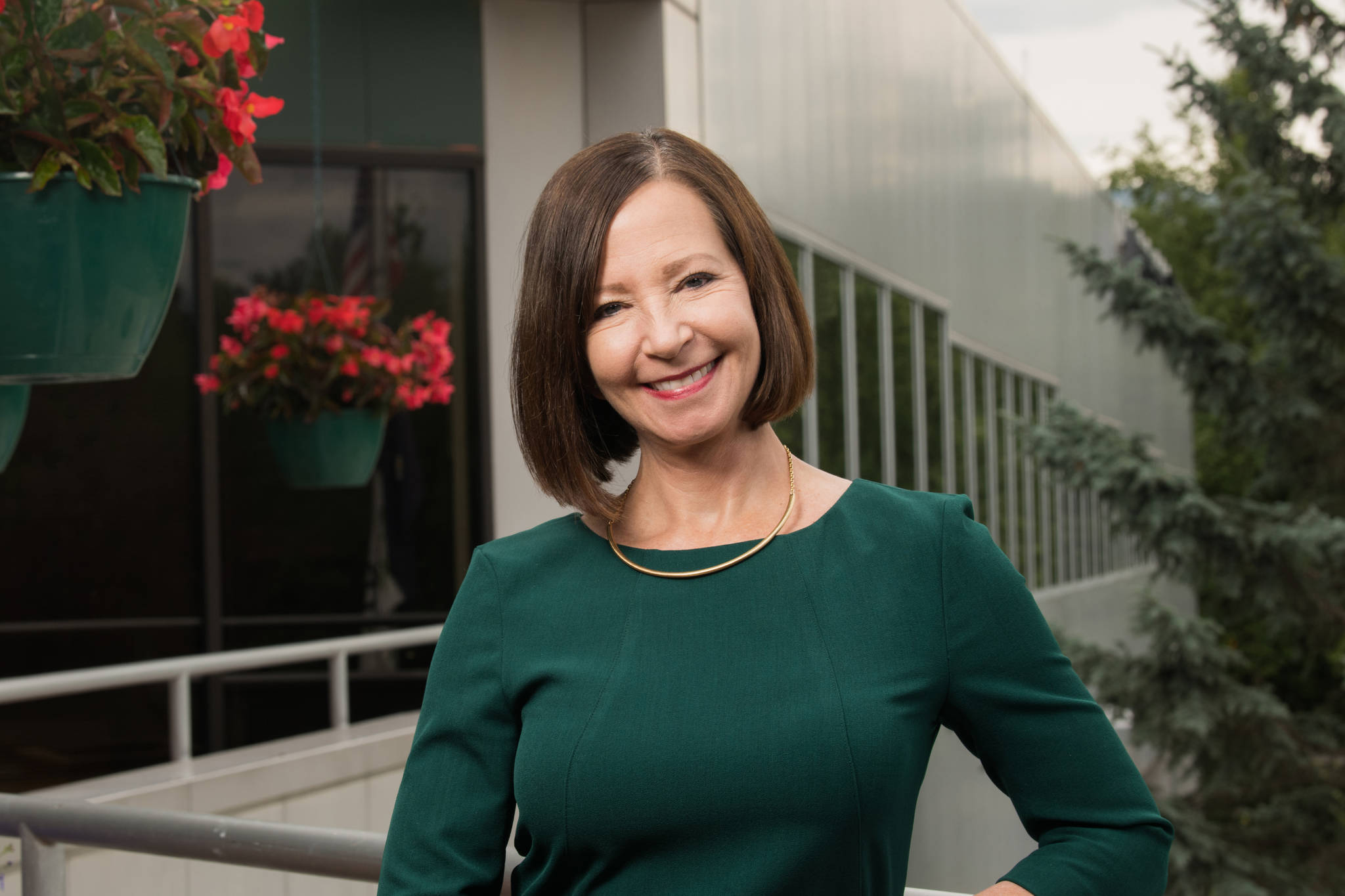As the number of COVID-19 cases continues to rise in Alaska and across the country, university administrators have grappled with the difficult question of how to move forward with course delivery and campus operations this fall.
By their very nature, universities are places where people gather in person — to learn, study, work, collaborate and socialize. The continuous flow of people in and out of campus poses an elevated risk of spreading COVID-19. The Anchorage Health Department reported more than half of new COVID infections in Alaska are from those ages 20 to 39, a demographic that makes up more than 40% of UAA’s student body. Additionally, the Municipality of Anchorage remains in the state of Alaska’s high-alert level with greater than 10 cases per 100,000 population over the last 14 days.
The potential impacts of disease transmission on our economy are even more startling when one considers the majority of students commute to campus, work full- or part-time jobs and have families, illustrating the clear integration of the university population and the local community.
For UAA administrators, this fact could not be ignored: Connection is part of the college experience. University leadership determined the best way to help students and employees safely connect during the pandemic is by leveraging alternate delivery methods for courses and remote work for most employees.
The Anchorage Health Department unequivocally supports the university’s decision to proactively limit face-to-face campus activities, an approach that also mitigates the opportunity for spontaneous gatherings to occur. Social gatherings, particularly large ones, provide the ideal circumstances for the virus to spread. The UAA public health experts consulting with the municipality can attest to the dire consequences rising COVID-19 case counts pose, threatening to overwhelm intensive care units at local hospitals if transmission is not slowed.
While UAA’s mission is first to educate, the health and safety of students, faculty and staff is paramount. This drove leadership’s decision to announce on April 1 that UAA would fully deliver the summer semester online and the subsequent decision in early May to continue with alternate delivery for fall, offering a limited number of hands-on courses that can only effectively be delivered face-to-face. In-person classes require dean authorization along with a hazard mitigation plan approved by the university’s Office of Risk Management. Use of masks will be required this fall for face-to-face courses and any on-campus operations.
In addition, because congregate housing poses an increased risk of COVID-19 transmission, UAA has limited the number of occupants living on campus to 25% of its overall capacity. This comes with a loss in revenue, but the alternative is a price too high to pay with regard to students’ health. Residence Life has also implemented a two-step COVID-19 testing requirement. Students entering the residential community at the beginning of the semester are required to have two negative COVID-19 tests. This applies regardless of whether the student’s point of origin is in state or out of state and prior to attending any face-to-face classes.
The collective health and safety of student-athletes, coaches, and fans is also the reason UAA Athletics stood in solidarity with nine other schools in the Great Northwest Athletic Conference in support of the GNAC CEO Board’s difficult, yet unanimous decision to suspend all fall athletic competition through at least Nov. 30. UAA leadership was unwavering in its decision to put people’s health first.
UAA has the difficult task of balancing academic rigor with safety for its students, faculty and staff, the majority of whom are also members of the greater Anchorage community. Rest assured the leadership of Anchorage’s Hometown U and the municipality will continue to work together to do the right thing for our campus community, our city and our state. We can and will get through this, together.
Cathy Sandeen is the chancellor of the University of Alaska Anchorage. Natasha Pineda is the outgoing director of the Anchorage Health Department and a ‘15 alumna of the UAA Master of Public Health program.
Cathy Sandeen is the chancellor of the University of Alaska Anchorage. Natasha Pineda is the outgoing director of the Anchorage Health Department and a ‘15 alumna of the UAA Master of Public Health program.


